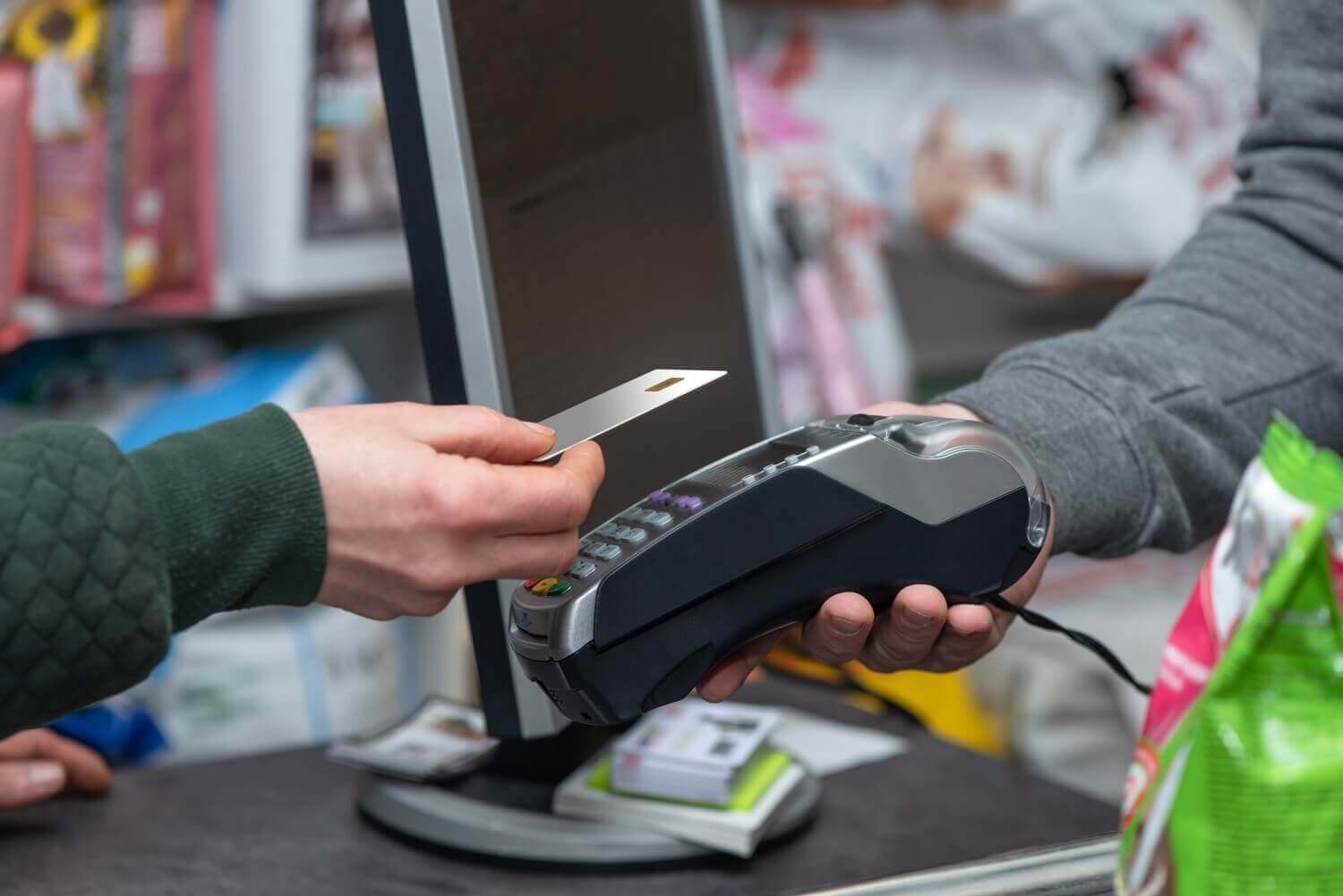
What is POS payment method?
What is POS payment method? How well-informed are you about the usage of personal card readers? Are you aware of the most optimal way to replace such a device? If you seek the swiftest and most expedient payment method for your business or personal financial transactions, it’s evident from observing your surroundings that the use of modern payment methods like card readers and payment gateways has become prevalent and necessary.
Do you possess adequate knowledge concerning the utilization of personal card readers? Are you familiar with the most advantageous approach to upgrading this device? If you aim to select the fastest and most efficient payment method for both business and personal financial dealings, a simple observation of your surroundings would reveal that the adoption of contemporary payment solutions, such as card readers and payment gateways, has become widespread and indispensable.
What is a POS card reader?
In today’s world, everyone has likely used a POS card reader, also known as a point-of-sale terminal, at least once. Typically, a card reader allows a cardholder to use their debit card to deposit the required amount into the account of the seller or recipient. During this process, the information stored on the card’s magnetic stripe or microchip is decoded using the device, and after verifying the balance and cardholder’s information, it enables fund transfers from the bank. But What is POS payment method? In today’s world.
If you intend to use a card reader for business and financial transactions, you should first understand that these devices are generally divided into two categories: bank (deposit) card readers and personal card readers. Applicants can choose from different models and use them in either fixed or mobile form.

What does POS mean?
Generally, within the context of banking hardware and payment system collections, a device known as a point-of-sale (POS) terminal or card reader is referred to as POS. This term is an abbreviation for “Point of Sale,” which translates to the moment of sale. Essentially, it refers to a device connected to the banking system via telephone or a network. Card readers encompass various functionalities, including invoice processing, balance reporting, purchase cancellations, and receiving daily reports. POS devices or card readers can also be implemented in small-scale bank branches.
What is a PSP Method?
A personal card reader is one of the devices offered by private companies and payment service providers (PSPs). With its assistance, individuals can manage their finances through either small or large transactions. In practice, most of these types of point-of-sale (POS) terminals are available to applicants in a mobile form and come in various models. Generally, individuals who find it challenging to obtain other types of card readers, such as bank-affiliated ones, opt for this type.
Obtaining a personal card reader is comparatively easier than acquiring bank-affiliated ones. Applicants do not need to submit documents related to business registration, but they are required to provide local declarations to demonstrate and verify their business activities to the service provider. What is POS payment method? And why use them?
Advantages of Personal Card Readers
Personal card reader devices offer a multitude of benefits, with applicants having an array of models to choose from. This category encompasses everything from affordable and older models to the latest devices, including mobile and Android card readers.
- Well-suited for startups and small businesses
- Easier acquisition compared to bank card readers
Reasons for not expanding card reader device usage
According to statistics released by the country’s banking sources, despite investments in POS technology, it has failed to gain the expected favor of the general public, as many citizens still prefer traditional methods for financial transactions. Currently, the ratio of electronic payment methods stands at 20% to 80%. This means that only 20% of bank cardholders use POS devices, while the majority, 80%, still rely on ATMs. The standard ratio for electronic payment adoption should ideally be 80% to 20%.
Recently, a specialized team within the central bank investigated the reasons behind the sluggish spread of card readers. They found that concerns about financial transparency and a lack of trust in electronic payment systems were the primary drivers behind this trend.
How does a sales terminal work?
A POS (Point of Sale) system typically operates following these steps:
- The customer decides to purchase a product or service. In a physical store, they can call a salesperson for assistance, who can use a barcode scanner to retrieve the item’s price. Some POS systems also allow scanning barcodes or QR codes using the device’s camera. In the case of an online business, this step occurs when the customer completes adding items to their cart and clicks the checkout button.

- The sales terminal system calculates the total price, including sales tax. It then updates the inventory count to reflect that the item has been sold.
- The customer makes the payment. To complete the purchase, the customer needs to pay using a credit card, debit card, loyalty points, gift card, or cash. Depending on the chosen payment method, the transaction needs to be approved by the bank.
- The transaction is completed at the sales terminal. This marks the official closing of the sale. The payment is processed, and a digital or printed receipt is generated for the customer. The store then proceeds to deliver or ship the purchased items to the customer. This is crucial in answering What is POS payment method?
What types of hardware and software are typically included in a POS system?
Every POS system requires POS software, but not every business needs POS hardware. If you own an online store, all sales occur on your store’s website. Therefore, you don’t need POS hardware to assist with payment acceptance. However, if you have a physical store like a café, you may need to register and acquire card readers. For those operating a food truck, having just a phone or tablet might be enough to process orders.
Common types of hardware for a Point of Sale (POS) system include:
- Cash register: A cash register helps you calculate and process customer transactions.
- Connectable device, such as an iPad or tablet: A portable device can serve as a good alternative to a traditional monitor. Tablets can be held in a stand, and their features allow your employees to easily log their working hours.
- Card reader: A card reader enables your customers to securely make debit or credit card payments while physically present in the store.
- Cash drawer: Even if you accept contactless payments, you may still need a secure place to store cash. A POS software connected to a cash drawer can minimize the risk of theft or robbery by accurately detecting when the drawer is opened.
- Receipt printer: A paper receipt shows customers exactly what they purchased when they made the purchase and the amount they paid.
- Barcode scanner: A barcode scanner reads product details and registers their prices in the customer’s purchase list. It can also serve as a quick way to review prices, inventory levels, and other important details.
When considering setting up a POS system for your business, this hardware list can provide a good starting point for your initial mindset.
Common features of sales terminal software
Sales terminal software serves as the command center for business operations. Primarily, POS software allows users to find items in the inventory and increase sales. More robust POS solutions also offer useful tools such as sales reporting, customer engagement software, and inventory management. POS software systems also support routing funds to bank accounts for each transaction.
While each service provider or company may offer customized conditions and functionalities for their sales terminal software, many of these systems have common features. But What is POS payment method? And it’s processing?
Payment Processing
Handling payment transactions is a core function of a POS system. Whenever a customer makes a purchase, the POS system processes the transaction. Various types of payment methods can be accommodated by the POS system, including:
- Cash
- Online payments through the website or e-commerce platform
- Swiping credit cards with magnetic stripes
- Chip cards with embedded chips
- Contactless payments, where customers tap their cards or use mobile wallets (e.g., Google Pay or Apple Pay)
- Cardless transactions, which occur when both the customer and credit card are not physically present at the sales terminal, require manual entry of credit card information. This method is also used when customers input payment details during online shopping.
While some of these technologies may not be widely implemented domestically, the advancement in the payment industry and the presence of active startups in this field indicate the potential introduction and adoption of similar services soon.
Conclusion
Many people, whether they visit large or small stores, are accustomed to attending small gatherings. Initially, these guests may not receive much attention, but as they gradually become familiar faces, they can now be seen even in the neighborhood’s small marts. These little guests, who no longer need to carry cash and bills, can shop and make payments electronically with their bank cards. They are powered by the humble yet robust electronic payment device known as the POS system.

0 comments